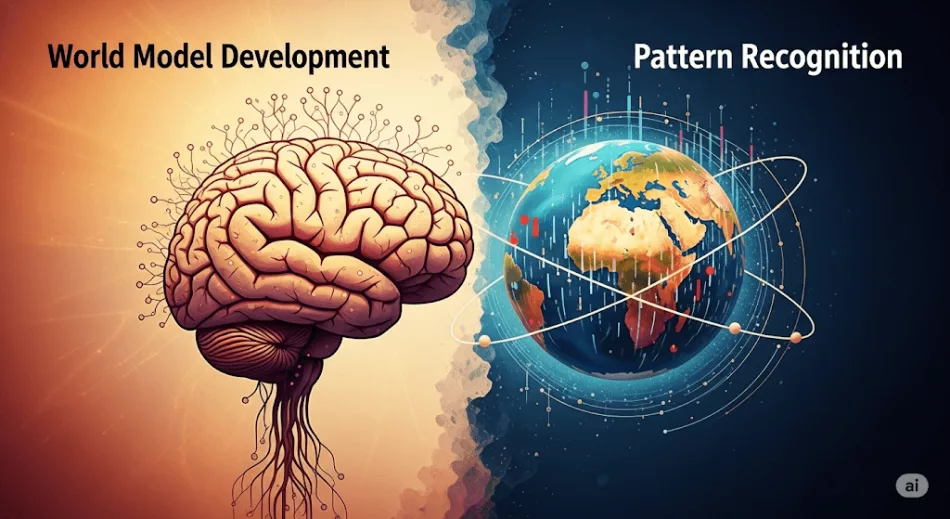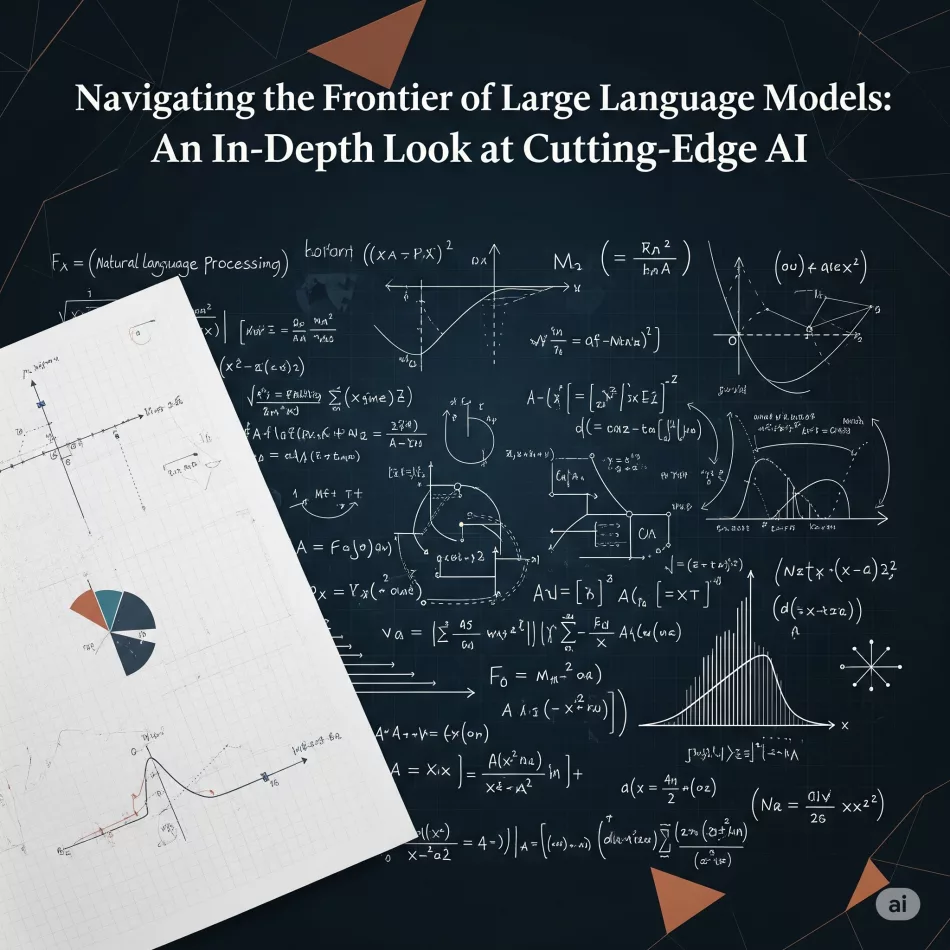Sony ACID
Before digital audio workstations became common, Sony ACID, originally developed by Sonic Foundry, was already changing how music was made. It wasn’t just another basic audio editor; it was a creative breakthrough for producers working with loops and samples. For years, ACID was the go-to software for drag-and-drop beatmaking, prized for simplicity and speed. Loops …

